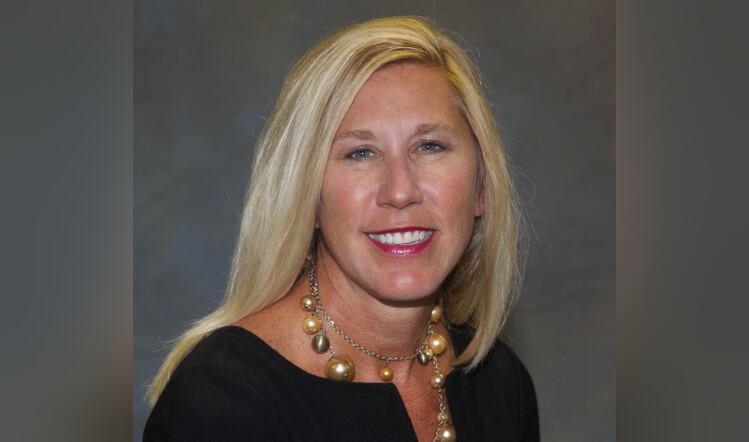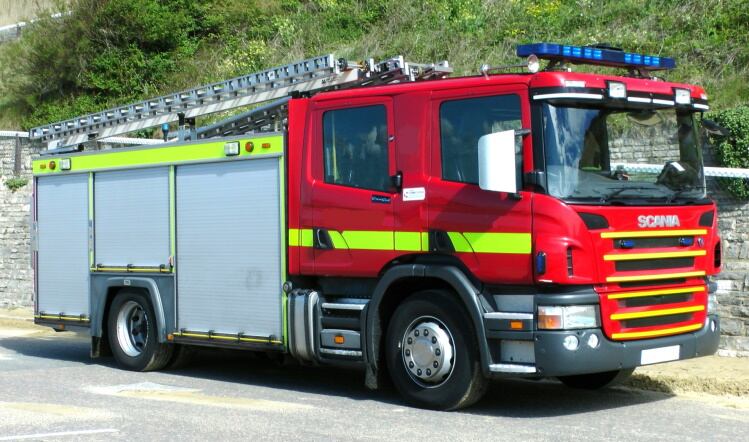EU Machinery Directive 2006/42/EC requires machinery to be designed and built so that it can be used safely.
It is impossible to remove risk, but it is possible to mitigate it by putting safety guards such as enclosures or emergency stops in place from the start of the food chain onwards. For example, in milking parlours, exposed platform rollers must be guarded to avoid clothing or employees becoming trapped.
However, to comply with hygiene regulations, plants need to be constantly washed down, so despite safety guards, equipment needs to be accessible, posing additional risk.
Educating employees
In addition, injuries can occur during breakdowns. Workers faced with high targets and strict deadlines may attempt to repair equipment or override safety guards to reach into machines, risking injury. It is vital that employees are well-educated in a firm’s safety policies and any equipment’s safety features.
Language barriers and high staff turnover also indirectly create hazards. It is vital that plant managers communicate safety measures more effectively to reduce the risk to non-English speaking employees. This can be done via visual displays or siting new staff members alongside more experienced employees.
As regulations become more stringent, the need for retrofitting old equipment with additional safety measures will rise – and the safest answer is not always to shut a machine away behind an enclosure.
Specialist equipment
For example, experts will suggest equipment such as a light grid, which performs a local controlled safe stop when the grid is actuated.
Functional safety experts can also advise on use of safety programmable logic controllers (PLCs), rather than traditional PLCs. Devices can be connected to PLCs, which monitor equipment such as light curtains.
Specialist safety consultants can help staff be more aware of what to do to mitigate risks.




